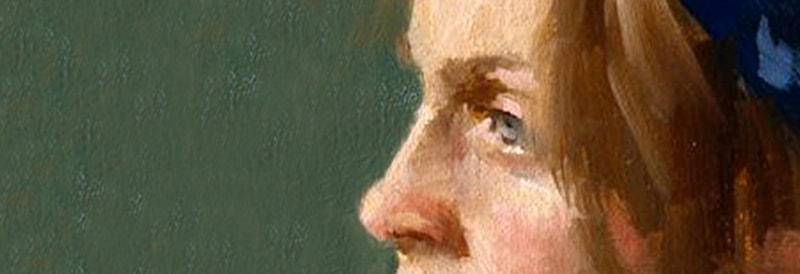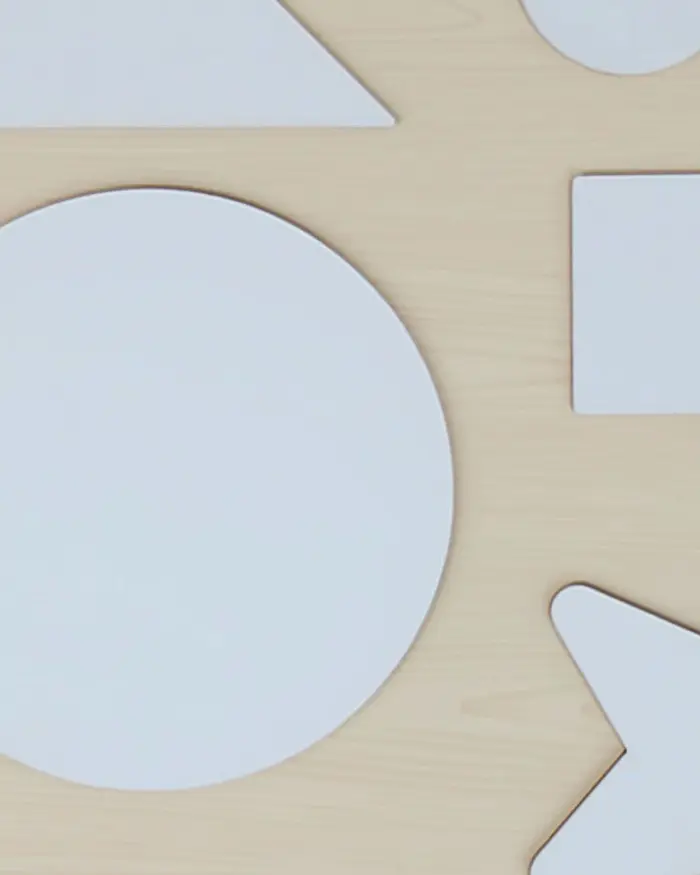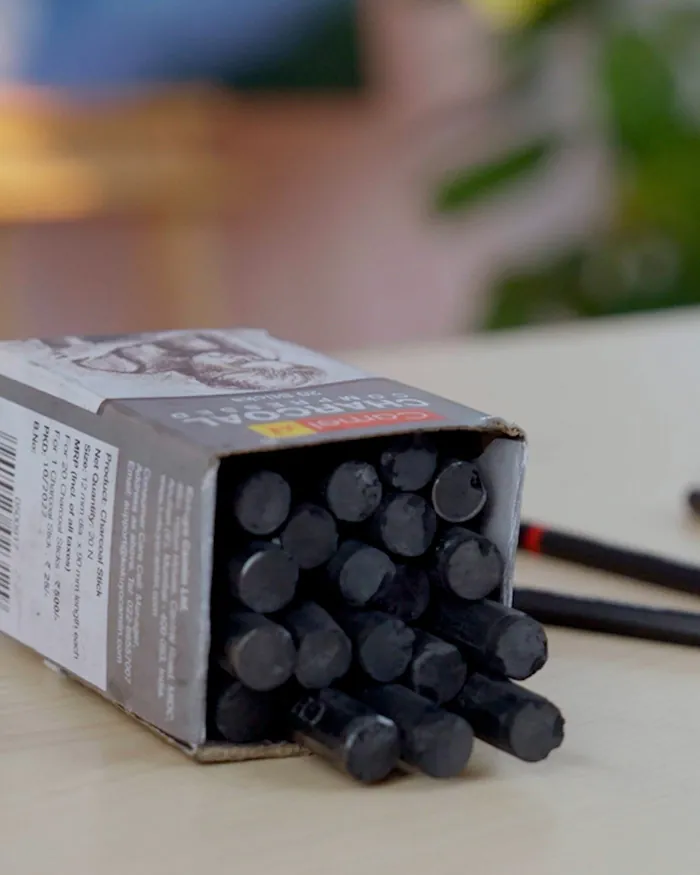Oil painting is not as tough as it may seem! You’d be surprised to know that a number of budding artists start out a little sceptical when it comes to using oil colours for their art. However, transitioning from using your usual paints to using oil colours can be achieved through some simple techniques.
Here are 7 easy-to-follow tips and tricks that can help you get your oil painting skills together. Let your creative ideas flow onto your canvas!
Hold your brush correctly

There are a number of brush-gripping techniques that artists follow to paint. You can add more fluidity and sensitivity to your strokes by holding the brush handle as far back as you can. This will most likely feel uncomfortable at first, especially if you aren’t already used to this technique but hang in there. It will offer you the greatest degree of control while also allowing you to paint with your entire arm, instead of being limited to using just your wrist.
Be the master of your brush orientation

Did you know? Your brush actually has two orientations! Well, if you didn’t, now you do! You don’t always have to make use of the flatter side of the two to get your wider strokes. You can turn the brush around to get sharper, cleaner lines wherever necessary. Note that learning how to control the lines in your painting through brush orientation will help you paint faster and add more versatility to your art.
Adjust the pressure on your brush

Sometimes, the pressure applied on the brush to create a stroke can make all the difference between a mess and perfection. The more pressure you apply to your brush, the better your paints will blend and create ridges alongside your strokes. Look at your canvas and experiment with the variety of pressures you can apply to get the desired effect on your canvas. This will help you get comfortable with light, medium, and heavy brush strokes.
Keep your colours pure

Make sure that your palette doesn’t let your colours mix. Always clean your brush before dipping it in a different colour. Clean your brushes regularly, even between strokes, if necessary.
Make good use of the paint

A thin wash works sometimes but, to create depth and add texture, you need to make sure you are using enough paint to get the desired effect. Never hold back on the paint at the cost of your painting! While painting, if you are suddenly finding yourself swirling a brush around in a thin pool of paint in your palette, then you need to remake the mixture. With Camel Student Oil Colours, you get 42 shades of paint. So, go all out while painting your next masterpiece.
Wet brush effect vs dry brush effect

You have a choice – you can paint on a canvas still wet with paint or you can wait for the paint to dry before running your brush over it again. Your paints will blend well with the wet-in-wet approach, which is actually great when you want to get different shades or gradients. Painting on dry surfaces will give you a more textural effect, which works best when you want to show bricks or dirt.
Using the palette knife

The palette knife is not only for mixing paints in your palette. You can also use it to make unbelievably amazing strokes across your canvas that you can’t possibly replicate using a brush.
Which of these techniques did you know of already?
Share your thoughts with us in the comments below.
Leave a comment

Comment added
Comment updated
Comment deleted
More inspiration
“
“Art is not what you see but what you make others see.”





